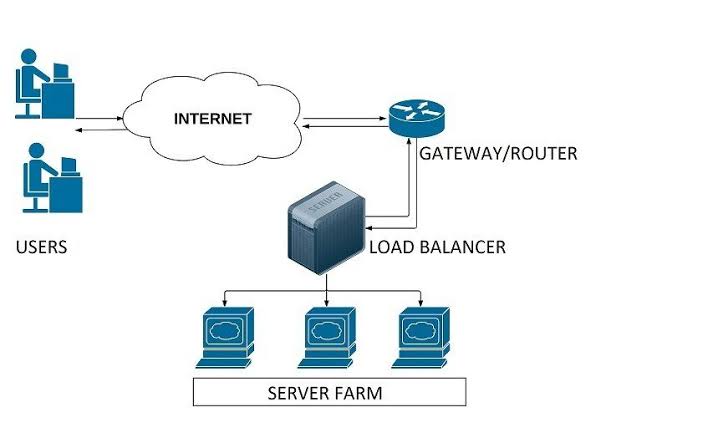Among the many operational challenges, businesses continually face the question of how much time and money they should allocate to application maintenance.
A robust and high-performing application delivers expected business functions with rare instances of manual intervention. If you can succeed in building such an application, you have with you the very coveted almost-zero maintenance app.
However, the drive toward zero-maintenance has its own set of drawbacks. By over-optimizing the applications, the software development process may become “less friendly” to the business. You may face issues such as increasing budgets for future-proofing the solutions, unwillingness to accommodate “unrealistic timelines,” denying complex changes, etc.
End-to-end optimization may be theoretically attainable, but from an ROI perspective, the cost of achieving it may not be justifiable. Zero maintenance, as an objective, may not be easy to achieve. On the other hand, as an initiative, it can be a driver for delivery improvements. In sync with the best practices to build easily maintainable applications right from the initial stage of the development lifecycle, you can expect transformational results.
In this article, we will help you understand the significance of software applications maintenance, just like the maintenance of any other business asset. We’ll also cover the best practices to build an easily maintainable web application.
Why should application maintenance be more of a thing?
Your system’s specifications will change from time to time. They are much more likely to be in constant flux: you learn new facts, business priorities change, architectural changes due to system growth, old platforms replacements, users request new features, legal or regulatory requirements change, previously unexpected use cases, etc. Complying with new regulations, altering a particular table, upgrading to a newer release, interfacing with a different OS, or porting an application to a new server – all necessitate application maintenance.
By ensuring high maintainability practices in your software development, you will be able to:
- Fix issues or add new features without introducing new bugs.
- Improve performance or other attributes.
- Adapt to a changing environment efficiently.
- On-board new developers quickly.
- Have a minimal impact on other components because of change to one component.
- Establish test criteria effectively and efficiently.
Best practices to build an easily maintainable application
Eliminate Dependencies To Clear Technical Debt
Technical debt piles up as we add more and more code, by nature. If the imported code gets updated by the owner, then that code needs to be updated in the programs that use it as well. So, the tech debt that you incur is all the code that you borrow, and all the code they borrowed from, and so on.
Refactoring has made life easier as we started to understand the development processes. For example, rewriting some business logic or it could be switching to different frameworks, etc. You can pick a small chunk of tech debt in every sprint so that you don’t have to suddenly stop taking new features, and clear tech debt.
Adopt Test Driven Development
We all know that the development process is not complete if you haven’t tested your code. No doubt, writing tests might seem like extra work in the beginning. However, you will notice values of test cases when you are about to commit buggy code, only to find out that one of the test cases has failed. Test cases help to make sure that the new piece of code isn’t breaking any available functionality.
But tests become part of the maintenance overhead of a project. Badly written tests are expensive to maintain. For example, ones that include hard-coded error strings, are themselves prone to failure. It is possible to write tests for low and easy maintenance under the guidance of the right TDD team, for example by the reuse of error strings, and this should be a goal during code refactoring.
Balance Modularization And Re-Usability
A modularized solution with reusable components is one of the best practices to design a maintainable solution. Adopting modularization of every single feature and highly reusable components will require expert developers, which may increase the cost. But, these aspects will be significant in the long run due to the decreased cost of flexibility to make changes and maintenance. Every developer must still consider these aspects while writing code, irrespective of the fact that most of these aspects can be handled by using a good framework.
Incorporate Automation
Automation is the crucial part of every app development because it speeds up the delivery of products, simplifies developers’ workflow, and requires the use of fewer tools. There are two ways you can do that by making code testing a shared responsibility. Quality assurance (QA) and developers share the same goal in the SDLC: delivering a quality product on time and on/under budget. To ensure cooperation and alignment towards this goal, developers should share the responsibility of quality testing or can use required automation tools for visual QA as well. Every module must include meaningful regression, functional, and unit tests.
Following the agile methodology, all members of our team (including development and QA) are responsible for testing code. The build is then thoroughly tested including unit and integration testing via a CI process, and then reaches the QA department for black-box testing. it has already been thoroughly tested. Load tests are applied to make sure that undesirable situations are caught.
Create API And Method-Level Documentation
It is far better to not rely on inline comments to explain the logic and write self-documenting code. Although, this does not mean you should adopt zero documentation. This is especially needed when working with multiple teams or when developing an extensible application or consumable library. Because zero documentation leads to poor code readability and hard maintenance for other team members. For example, the public API should be documented precisely, describing the functionality, outputs, and inputs. This enables API users to understand and use the available functionality.
Conclusion
The zero-maintenance journey can be effective only if adopted holistically:
- From the initiation stage, always involve key stakeholders cutting across multiple IT layers, to derive synergic benefits.
- Look for improvements in key focus areas such as infrastructure, tools, services, operating models, and processes.
Your task is not over even after you’ve leveraged mobile/web app maintenance. Application maintenance requires frequent attention as it is not a mere one-time task. You would need to continue to monitor it to stay ahead of your competitors or have a competitive advantage over them. Regular monitoring will keep your app/system bug-free and will ensure an efficient and seamless user experience.
About Galaxy Weblinks
We specialize in delivering end-to-end software design & development services and have hands-on experience with automation testing in agile development environments. Our engineers, QA analysts, and developers help improve security, reliability, and features to make sure your business application and IT structure scale and remain secure.


















